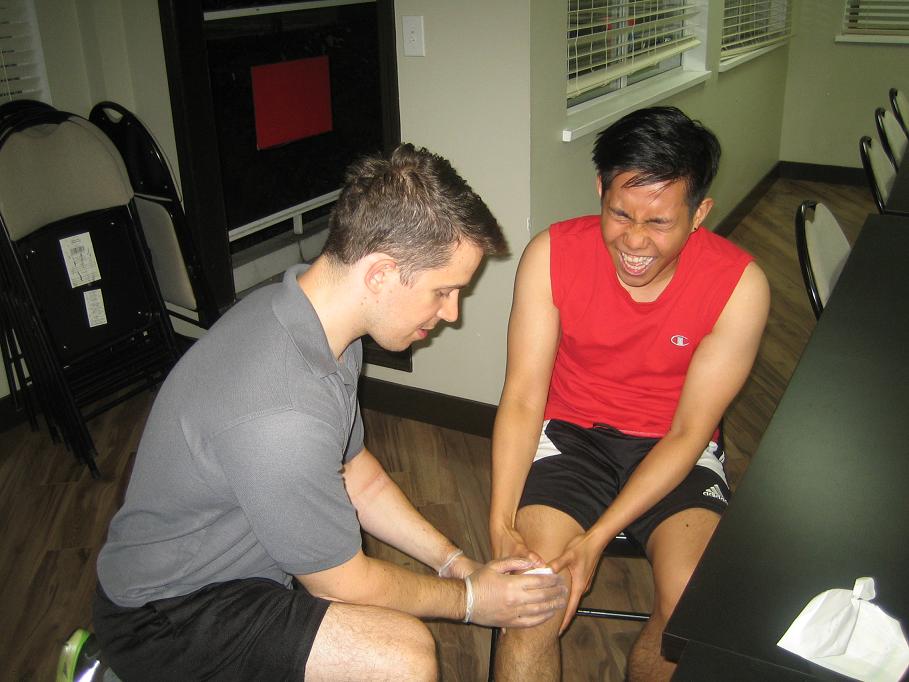Overview of Bursitis
- Wherever the ligaments, tendons and bones shift against each other, mainly near joints, tiny fluid-filled pods known as bursae protect the points from contact.
- Bursitis is the swelling of a bursa, and is generally caused when the joint is overused, or when a joint is under strain or pressure for extensive periods of time.
What Causes Bursitis?

- The swelling of a joint is generally caused by mistreatment or overuse of the joint.
- Bursitis can also be caused by suffering to the area of the bursa or by adjoining tendons. Recurring physical exercises, such as using a golf club, can cause bursitis.
- Infection or other disorders, such as gout or arthritis, cause inflammatory transformations in the tendons and joints.
Symptoms of Bursitis
- Pain, swelling and inflammation in the area, mainly during stretching while working out or extorting the joint beyond its usual limits.
- Constrained movement of the joint, with or without direct pain.
- The affected skin might become red or feel hot.
Bursitis Self-care Tips
- Reduce activity the concerns the joint and rest to allow the swelling to settle.
- Put the arm in a sling if the elbow is affected.
- Changing between cold and hot compresses can help in alleviating some of the pain.
- When the sharp pain has settled, mild exercises of the joint can be done, gradually increasing the range of movement.
Treating Bursitis
- Splinting might relax the joint by restricting its motion, but should only be completed under the direction of a GP or physiotherapist.
- Anti-inflammatory pills might be given to decrease pain and swelling.
- Physiotherapy might be recommended to help correct any muscle tension or strength inequality that might have caused bursitis.
- In serious or recurring cases, bursal drainage (when the liquid is drawn out of the inflamed bursa) might be considered.
Related Video On Bursitis

